-
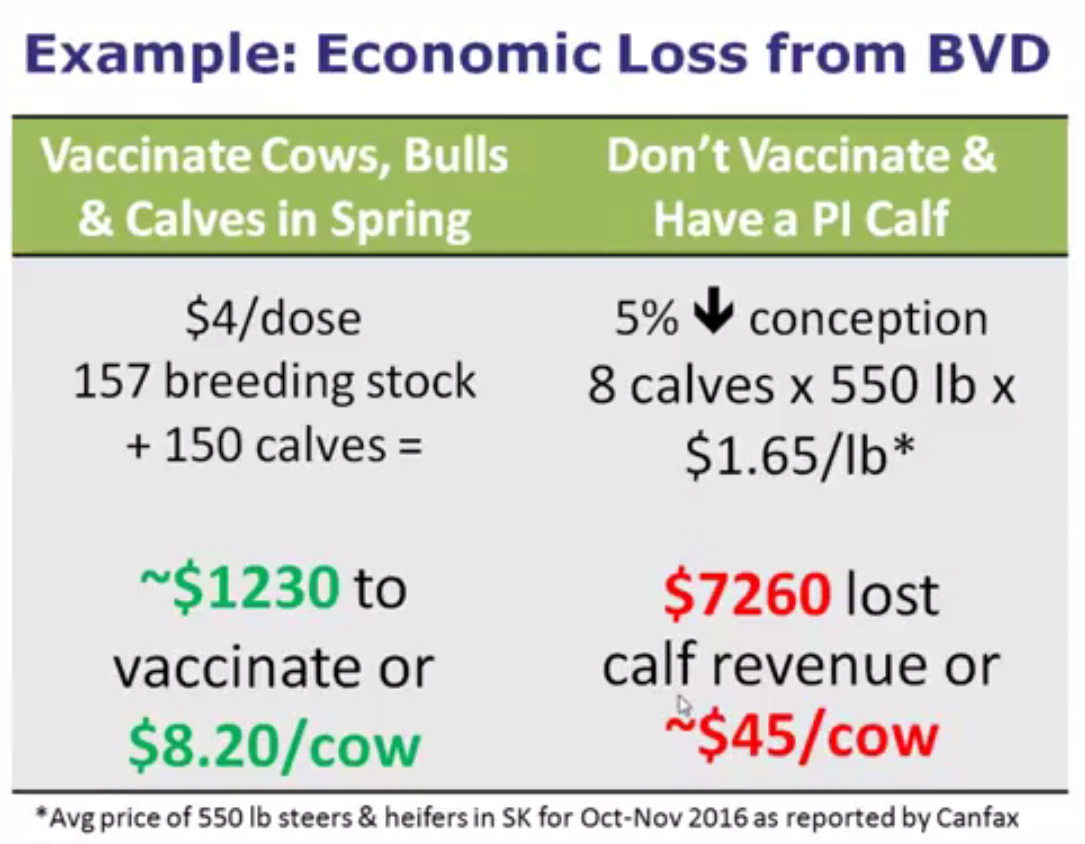
March 30, 2017Tips to Make the Most of Your Vaccine Protocol Vaccines can seem costly, and it’s not easy to see how or to what extent they pay off. But...
Keep Reading -
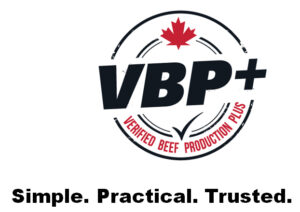
March 28, 2017Verified Beef Production Plus (VBP+) Launches New National Website News ReleaseMarch 28, 2017 Today the Verified Beef Production Plus (VBP+)...
Keep Reading -
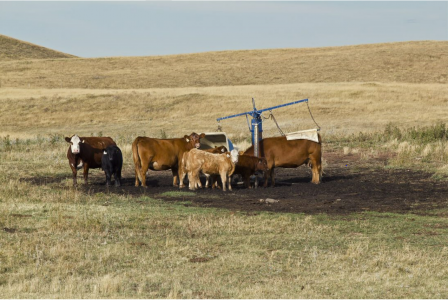
March 17, 2017More Questions on Mineral Nutrition This article written by Dr. John McKinnon, University of Saskatchewan beef cattle nutrition researcher and...
Keep Reading -
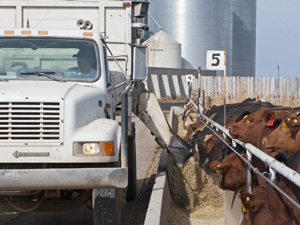
March 16, 2017Stepping up to Wheat-Based Finishing Diets This article written by Dr. Reynold Bergen, BCRC Science Director, originally appeared in the March 2017...
Keep Reading -
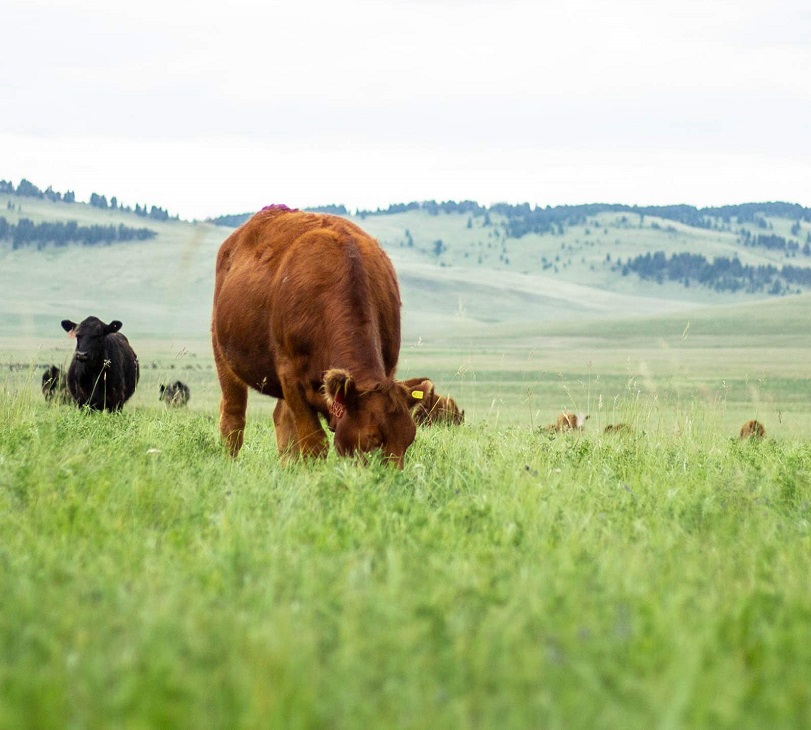
March 8, 2017Managing Native Forages: Webinar April 6 Update: Missed the webinar? Find the recording and check for future webinars on our Webinars page. Join...
Keep Reading -
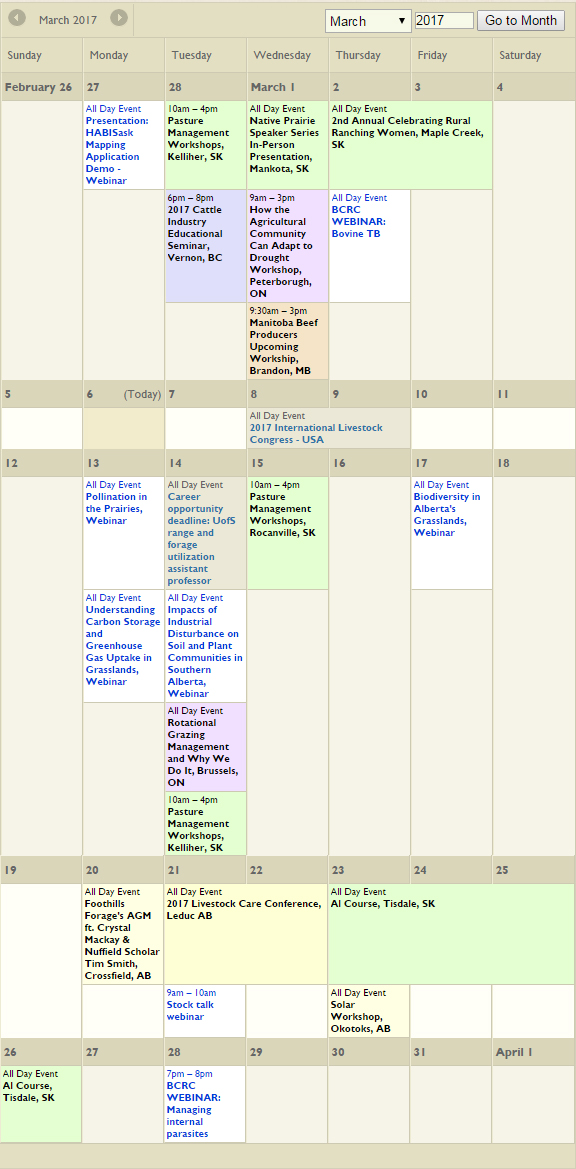
March 7, 2017Don't Miss These Upcoming Beef Events and Deadlines Organizations across the country are continually hosting events to give you an inside look at...
Keep Reading -
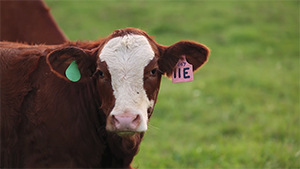
March 1, 2017Attention Researchers: ADF Call for Letters of Intent The Saskatchewan Ministry of Agriculture is now accepting Letters of Intent (LOI’s) for...
Keep Reading